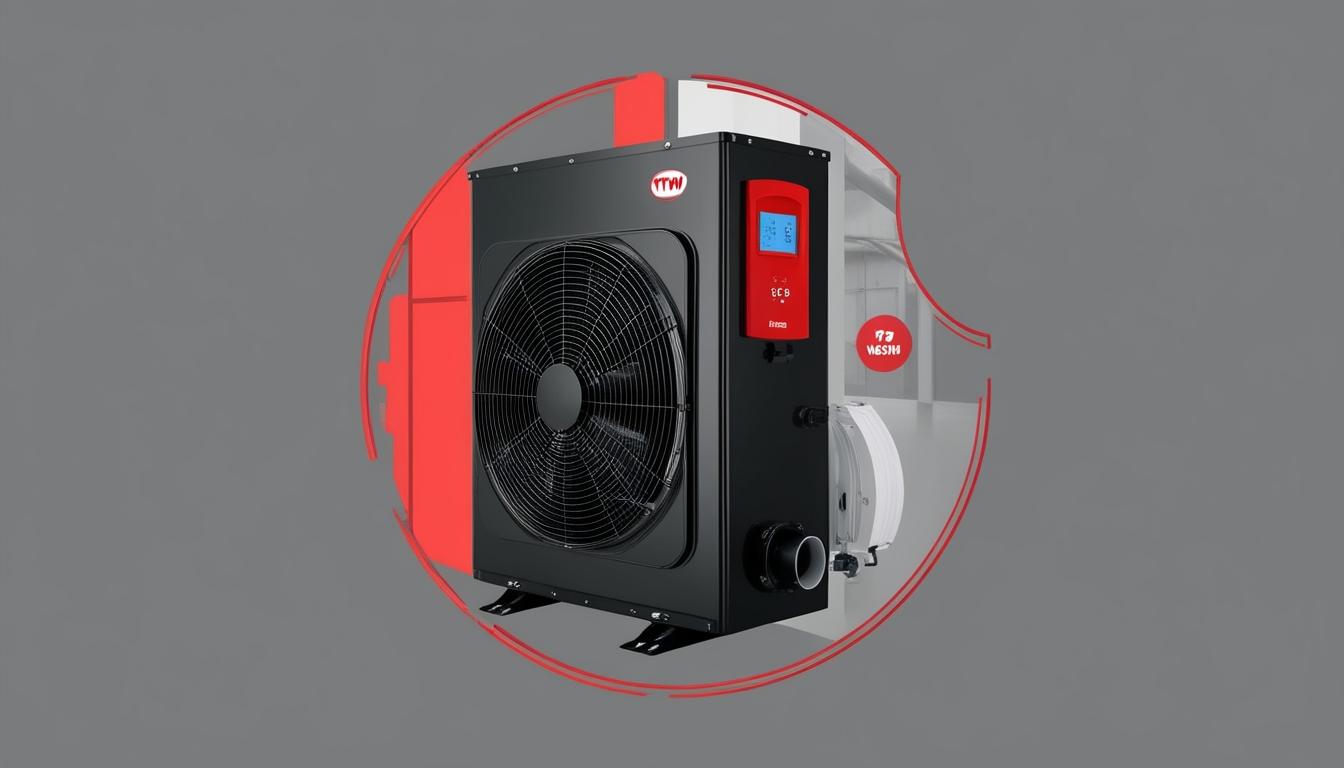The commercial building sector is facing mounting pressure to achieve decarbonization, a priority that has escalated in recent years with looming net zero targets for 2030. Despite these efforts, the U.S. Energy Information Administration (EIA) noted that only a modest 4% decrease in CO2 emissions was recorded in 2023. This reduction falls short of the ambitious goals set for the upcoming decade. With around 40% of existing buildings in the US constructed prior to 1980, the challenges posed by aging infrastructure also complicate the path toward sustainable practices. According to Rob Tanner, Marketing Director at Applied Equipment and Jonathan McCrea, Area General Manager for HVAC Equipment at Johnson Controls, many building owners express a sense of being overwhelmed by the cost-intensiveness of this endeavour.
The need for decarbonization becomes particularly critical for facilities that require both heating and cooling simultaneously, like hospitals and universities. Traditional setups in these buildings have depended on independent boilers and chillers, often resulting in operational inefficiencies. As highlighted by Tanner and McCrea, these systems waste the heat extracted from chilled water loops, which is released into cooling towers while simultaneously burning fossil fuels to generate the required hot water or steam for heating.
An emerging solution to enhance energy efficiency and reduce fossil fuel consumption is the water-to-water (WTW) heat pump, which addresses simultaneous heating and cooling demands. By drawing heat from the facility and the surrounding environment, WTW heat pumps are designed to improve operational efficiencies while conserving resources. Transitioning from traditional boiler and chiller systems to WTW heat pumps offers the potential for a rapid return on investment; such a shift can achieve equipment payback within as little as two to five years. Additionally, this transition can cut heating costs by as much as 50%.
Despite these promising advantages, older buildings may encounter challenges in upgrading their hot water infrastructure to meet the lower temperature requirements of contemporary heat pumps. Existing systems typically operate around 160-180 °F, while many modern heat pumps prefer a design that utilises approximately 140 °F. However, advancements in the efficiency and capacity of WTW heat pumps are gradually mitigating these issues. For example, the YORK® CYK Water-to-Water Compound Centrifugal Heat Pump now offers simultaneous hot water output of up to 170 °F while also achieving chilled water temperatures at 42 °F.
Additional innovations in heat pump technology, such as dual electric motor-driven centrifugal compressors, facilitate retrofitting older infrastructures. These compressors are equipped to match specific operational needs, making heat pumps versatile for various applications, including those employing centralized steam heating systems. The use of smaller-footprint heat pumps can decentralise heating solutions within buildings, thereby extracting low-grade heat from chilled water loops which ultimately lessens the load on main central plants.
As the push towards net zero emissions gains momentum, the call for immediate action in building decarbonization grows more urgent. Tanner and McCrea advocate that retrofitting strategies should be attainable without incurring exorbitant costs. They emphasise that for facilities with both heating and cooling needs, implementing advanced WTW heat pumps offers a viable pathway towards emission reductions while also yielding significant operational savings. Such initial investments can be recouped in a matter of years, creating opportunities for reinvestment in broader sustainability measures aimed at achieving full decarbonization in line with future environmental goals.
Source: Noah Wire Services
